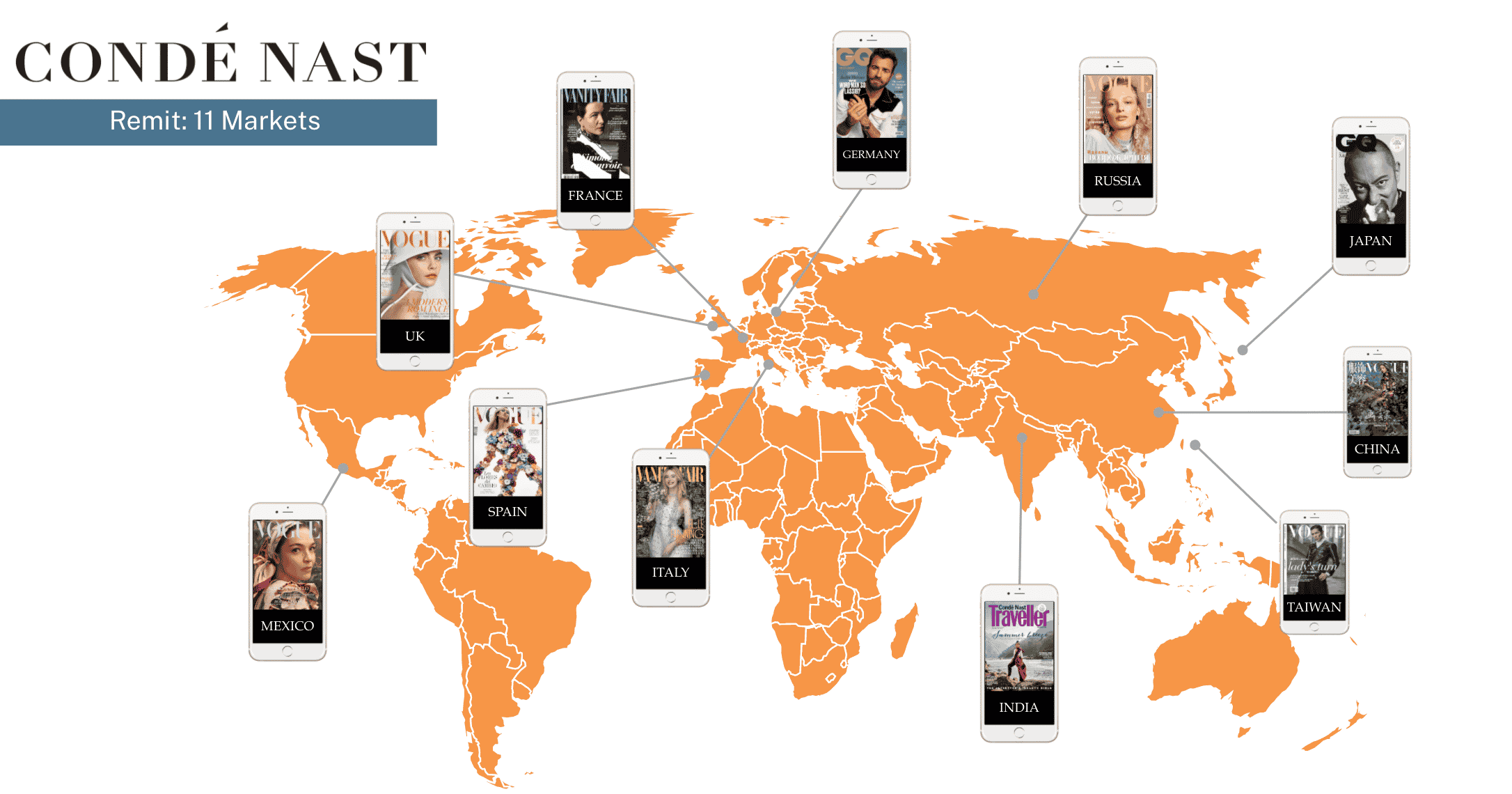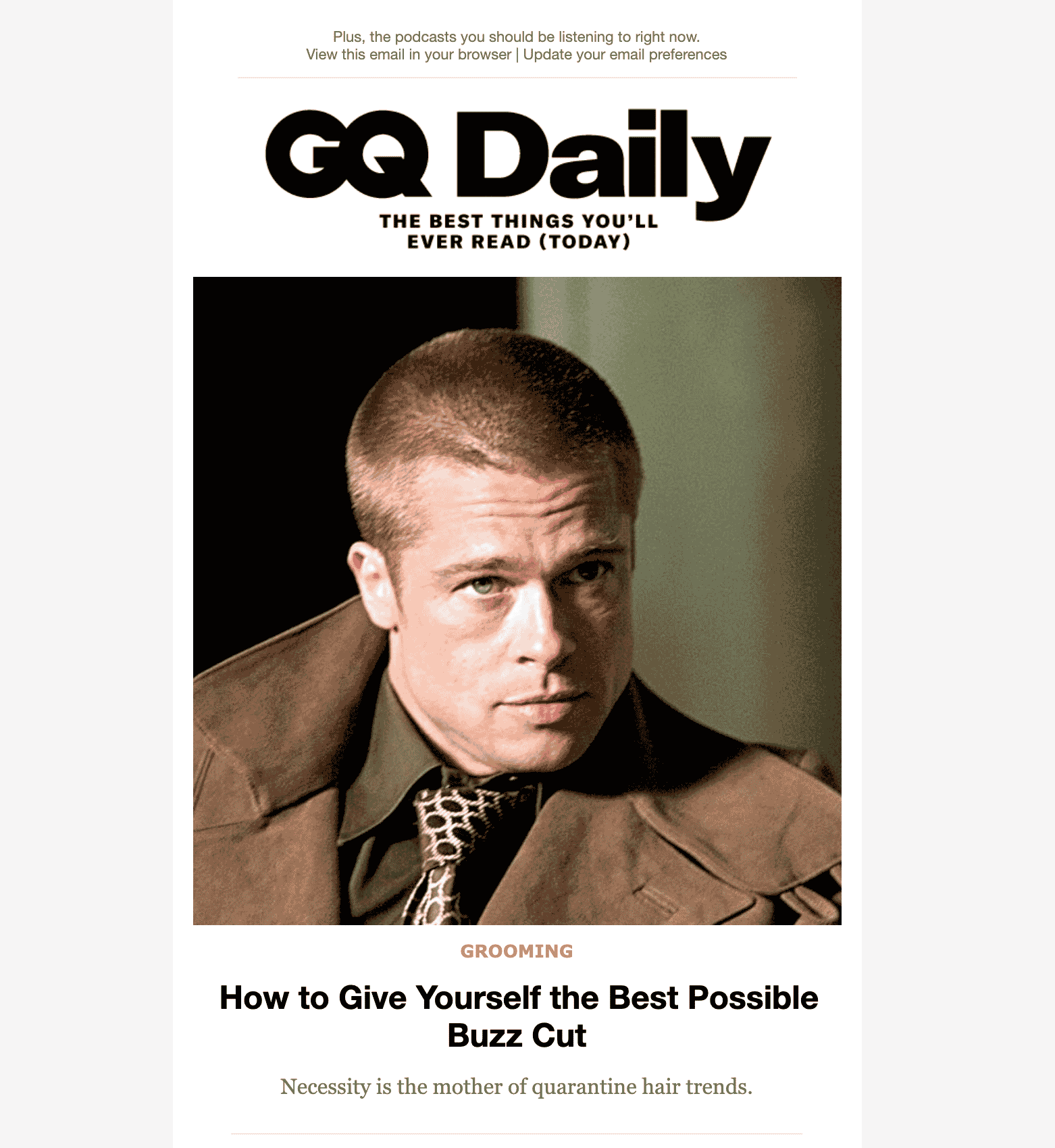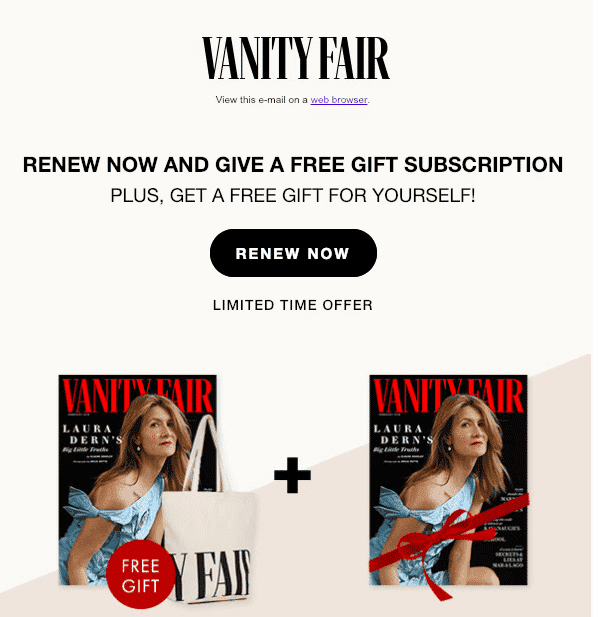Product & Customers
How Email and CRM Come Together: Q&A with Conde Nast’s Sabrina Daryanani
July 13, 2020

This Q&A with Sabrina Daryanani, the Head of CRM Communications at Conde Nast, is part of a series highlighting the people behind the amazing retail and media brands that work with Marigold Engage by Sailthru. Click here to read our Q&As with RevZilla’s Andrew Lim, Raise’s Kelly Hickey and Thrive Market’s Lindsay McGovern.
The days of more traffic equating to more revenue may be behind us and I don’t think that’s the worst thing in the world. I think it’s forcing a change on the industry that will ultimately position us for long-term sustainability. Think about how frequently Facebook and Google change their algorithms or policies. Publishers take a huge hit, inevitably driving home the point that we have not always had control of our own fate.
Publishers have historically thought of email as a subscription driver, and not something that should be treated as a standalone product. Email provides first-party data and direct access to our audience, and that’s what publishers and media companies need right now. That’s why I think it will have a renaissance moment in the industry.
So does Sabrina Daryanani, the Head of CRM Communications at Conde Nast, the publisher behind some of the world’s most beloved media brands including Vogue, GQ, and The New Yorker. I recently spoke with Sabrina about her email marketing and CRM strategy and how it’s evolving. Read on to learn how the publishing teams at Conde Nast have pivoted during a pandemic, what it’s like to migrate brands from nine different markets onto a single email platform, and why email newsletters are comparable to a dinner party.

I’ve always viewed email as kind of an underdog with a lot of potential. How have all these shifts in the industry impacted your CRM strategy and the way you use email?
I spent my first year at Conde Nast really talking to the different markets and understanding all the different channels they use, and email is the common thread. All of the markets use email. It’s personal, convenient, instant, and a very affordable channel.
Email also gives us access to first-party data, which makes us less reliant on algorithms and third-party changes. That data — time spent on site, visit depth and frequency — shows that email does drive engagement. For our 11 international markets, time spent on site is 73% higher when the user comes from email. Visit depth is 44% higher among email users. We have a lot of indicators that show how much email drives engagement; we’re now focusing on investing in that and driving it to the next level.
Even faced with these strong data points, many internal stakeholders ask, “Why email?” How do you respond to that question?
Email drives about 1% of our direct traffic. It’s very small, right? But our research team invited some of our most loyal readers into the building. Without prompting, most of them said email was their preferred way to read the news. For me, that’s amazing.
Dan Oshinsky, who does a lot of newsletter work and used to work at The New Yorker, compared email to inviting someone to a dinner party. They’re in your house. How are you going to make sure that what you’re serving them, the conversations you’re having, are tailored to that person as well? And I think that was a really good way of describing it.
That’s a great analogy. I don’t think we can talk about everything going on in the industry without addressing COVID-19. How has the pandemic impacted your marketing strategies at Conde Nast and the results that you are seeing?
Like many companies, Conde Nast has taken a big advertising hit, but email is doing better than ever. Looking at a very small analysis of three weeks in April versus three weeks in March, we’ve seen about 30% more traffic from email from all our international sites and that’s amazing.

Many of the Conde Nast editorial teams really pivoted to make sure that the content we’re putting out is easy to digest, very readable, and focused on what people want to read. That’s changed with everyone at home. Celebrity content is big in India so our teams there have pivoted to celebrities at home. What are celebrities’ home routines? Vogue Mexico also launched a new format, Five Minutes With Vogue, that gives readers a little bit of a boost in five minutes with content on health and beauty, cooking, anything related to something you might be interested in doing from home. It’s interesting to see that shift. The results have been amazing.
You’re migrating all these global brands onto a common platform, which is a massive undertaking. What made you decide to go all in?
When I was exploring global ESPs, I had more than 400 requirements. Of course, no technology is going to be 100%. But if a platform has all the use cases we need — particularly the ability to tailor editorial newsletters to serve the right content to the right users — we’re good. The aim really that we have for everything CRM is to deepen the relationship with our users and make every communication personal and relevant.
Right now, we can only do that in a very fragmented, market-led approach. With 12 platforms across nine countries, we have duplicate costs, limitations on tools that vary from market to market, different teams and resources around the world, and no holistic reporting. Migrating all our global brands onto Sailthru will help save costs, while allowing for global reporting and KPIs, which we’ve never had on the email side. The two main things most countries are looking forward to is automation and personalization: two beautiful words that every CRM person loves. We’ve struggled with that in some markets, without a consistent strategy. You need a welcome email and onboarding flow in Japan and Mexico. That’s not going to change, and how it looks will vary by country as well. But there’s a lot we can do centrally, which I’m very excited to unlock.
Are there specific customer journeys that you want all brands to try?
We’ve started building lifecycle program guides for, for example, onboarding, winback, re-engagement, birthdays. We’re creating one-pagers about the aim, what’s important and how we’ll measure success. Those things are really important when creating automated customer journeys. We’re going to keep whether the user is a paid subscriber in mind. Based on that, we’ll also have journeys such as renewal, save and in life campaigns for subscriptions.

I do think it’s going to be different in each country, but we don’t know how yet. I think a birthday email is a birthday email and it will work well anywhere in the world. But I think, does an onboarding journey have to be the first 30 days in all countries? Maybe. But being able to test is the beauty of email, right?
Can you talk about any findings or experiences you’ve had with churn on subscriptions? How frequently do you contact readers when you’re trying to win them back?
I always like to have trend indicators and I’m a bit of a data geek, so that always helps. I want to analyze those indicators that drive engagement. Based on that, what are those indicators that signify engagement and those that could start telling us or be signs of churn as well? And how can we create journeys that change that direction? That could be a mix of communications and journeys, as well as pricing strategies and offers and so on.
If the winback message is subscription-based, we go from the last three months. For engagement, it’s based on how many days since they’ve last engaged. It varies in different countries and for different brands, but the average we’ve tested is a two to three month window.
To learn more about winback messages, welcome streams and more, click here to download Marigold Engage by Sailthru’s Ultimate Playbook for Triggered Messages.
The State of Brand Loyalty in the U.S. in 2023
Related



